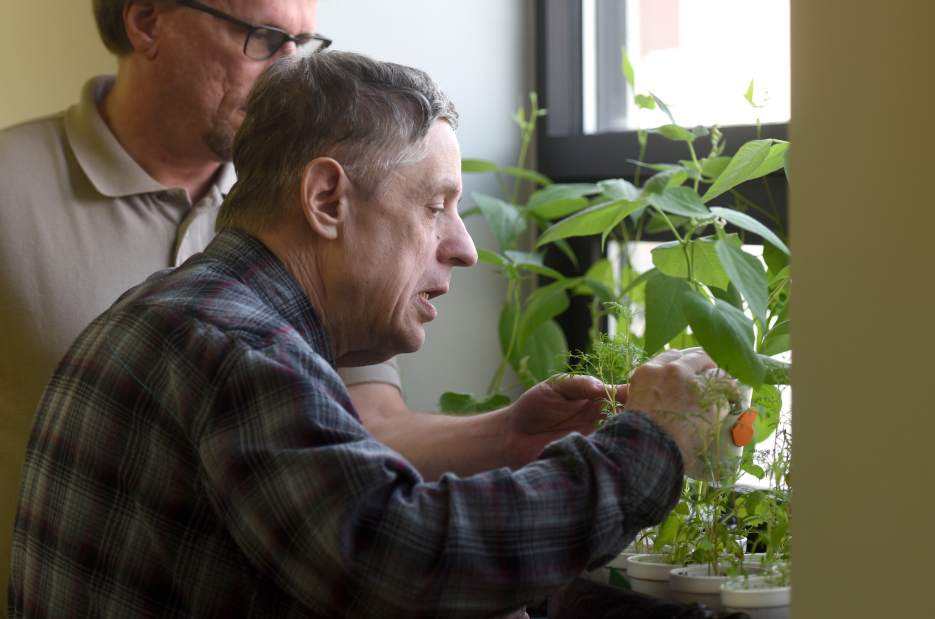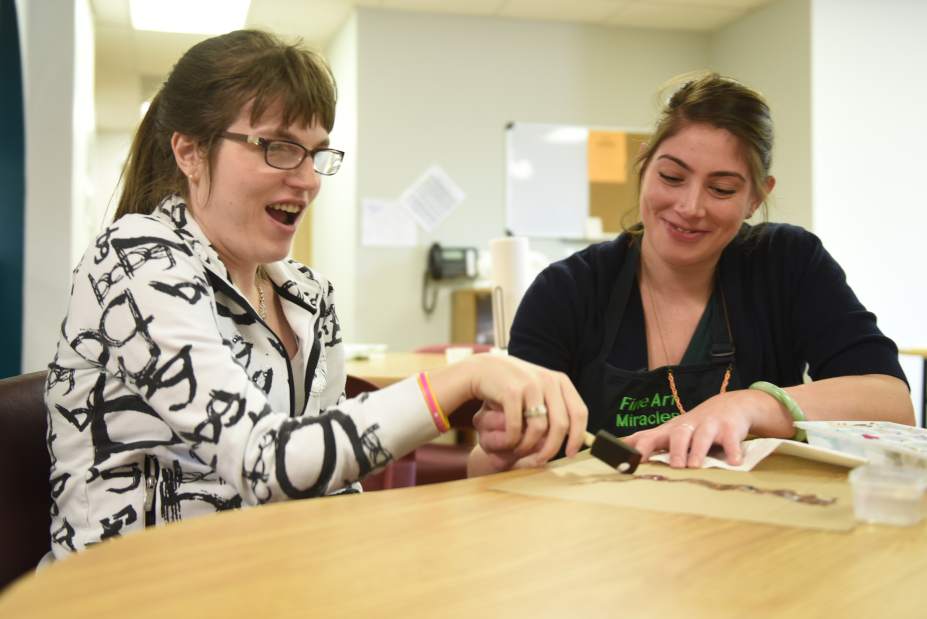Nonprofits in Pa. barely break even, survey finds
Six years since the official end of the Great Recession, demand for community-based nonprofits in Pennsylvania and nationwide continues to climb even as government support dwindles, a national survey found.
“We're still seeing a lot of unmet need in the system,” said Sandi Clement McKinley, vice president of the New York-based Nonprofit Finance Fund. “And we're still not getting reimbursed what it costs us to deliver the services.”
The fund's 2015 State of the Nonprofit Sector Survey measured the financial health and challenges of nonprofit organizations, which employ more than 10 percent of non-government workers in the United States, federal data show.
“We're seeing the employment numbers go up, but not in terms of quality,” McKinley said. “People might be getting jobs, but they are hourly jobs or those on-call jobs.”
In Allegheny County, nonprofits with budgets below $100 million — excluding the likes of universities and health care behemoths UPMC and Highmark — employ more than 75,000 and generate $4.3 billion in revenue, according to research by The Forbes Funds. That puts the size of the local nonprofit sector on par with manufacturing and construction industries.
More than 5,400 nonprofit organizations from all 50 states — including 158 from Pennsylvania — participated in this year's anonymous survey.
Pennsylvania respondents' annual budgets ranged from less than $50,000 to more than $20 million. Their origins date from the late 19th century to two years ago. Most have missions dedicated to human services or the arts.
Half said they could not meet demand in 2014, and 79 percent said demand was on the rise.
It's not unusual for social service needs to grow amid a broader economic rebound, said Kate Dewey, president of The Forbes Funds, a nonprofit consulting arm of The Pittsburgh Foundation.
“When you go through a real traumatic time, that trauma doesn't evidence itself right away,” said Dewey, offering an example of lingering psychological repercussions in children who were homeless or went hungry.
“And while we may be doing better when you look at the whole picture, there are a whole lot of people who are doing worse,” she said.
Ray Wolfe, chief operating officer of the nonprofit health care provider Pittsburgh Mercy Health System, said the survey “understates the need,” particularly for smaller nonprofits. “In the long term, the viability of all of the missions in this country is in danger,” he said. “We're going to have to find ways to group up; administrative costs are simply too great for us right now to operate at a $1 million to half-million-dollar size.”
Affordable housing was the most critical community need cited by Pennsylvania nonprofits at 33 percent, followed by job availability (25 percent), access to health care (23 percent), high-performing schools (22 percent), youth development programs (20 percent) and early childhood education (19 percent).
Larry Swanson, executive director of Downtown-based nonprofit ACTION-Housing, said he's seen a steady rise in demand for three to four years. He cited as an example a 23-unit Uptown low-income housing development that opened in February. Within a week, it received 106 qualified applications. ACTION-Housing has two people on waiting lists for every unit across its 1,200-unit portfolio.
“There is such a deficit of affordable and accessible housing in the region, it drives demand for these units and keeps turnover miniscule,” said ACTION-Housing spokesman Andrew Shull.
Nationally, 47 percent of nonprofits reported finishing 2014 with an operating surplus, compared to a low of 35 percent in 2009. In Pennsylvania, 55 percent reported an operating surplus in 2014.
“It's a little bit of savings, but they are not rolling in dough,” McKinley said.
Mercy Health, which employs 2,000 and serves more than 35,000 clients annually, has a $90 million budget and more than six months of cash on hand, Wolfe said.
“It's a good place to be,” said Wolfe, “but managing to stay there and at the same time trying to address the needs on the street is a balancing act that's tough to do.”
Many nonprofits breaking even may be “doing so only by not giving pay raises, not growing benefits, increasing the size of deductibles on their health plans and trying to cut expenses,” said Wolfe.
“Over the long haul, that deteriorates the quality of the services because young talent simply moves on,” he said.
Pennsylvania nonprofits reported “seeing government dollars shrink more than in other states,” McKinley said.
Forty-five percent of Pennsylvania nonprofit respondents said they had a significant drop in state funding as a percentage of revenue during the past three years, compared to 31 percent nationally. Forty-two percent saw federal funding go down, compared to 32 percent nationally.
Samantha Balbier, executive director of the Greater Pittsburgh Nonprofit Partnership, pointed out the state slashed its human services grant funding to counties by 10 percent in 2012. Those cuts have not been restored and funding to some social services for adults has been flat for a decade.
McKinley observed more nonprofits discussing with funders how to achieve capitalization, which requires saving money to plan for strategic growth several years out.
“It's becoming part of the lexicon of our sector,” McKinley said. “The question now becomes how are we really able to invest in our organizations, to hire back staff that we had to let go during the recession.”
Natasha Lindstrom is a staff writer for Trib Total Media. She can be reached at 412-380-8514.


